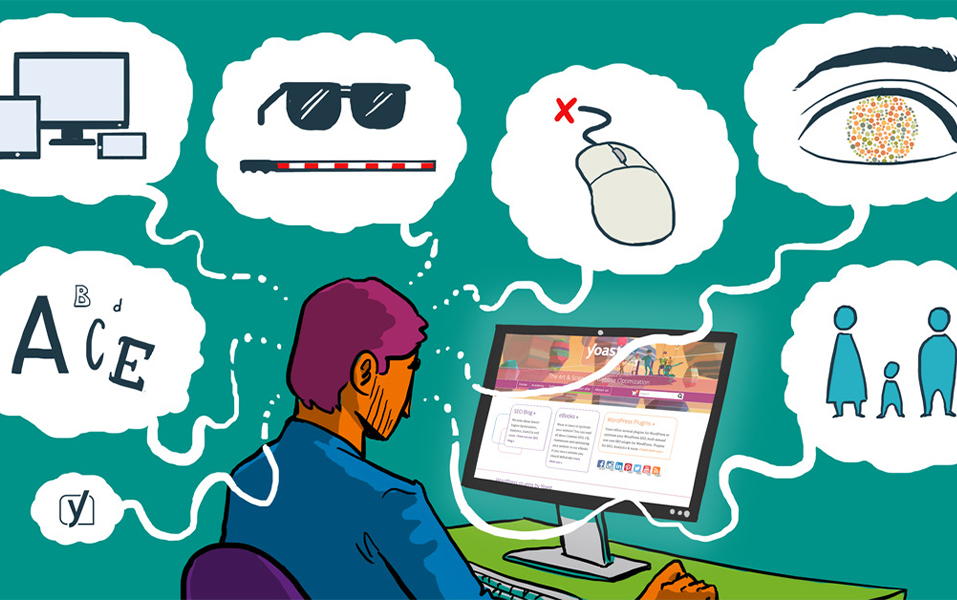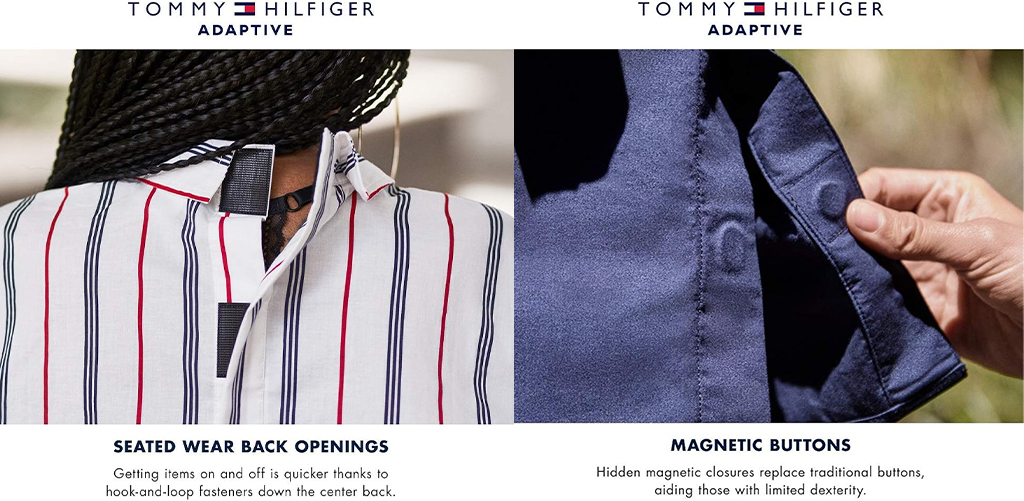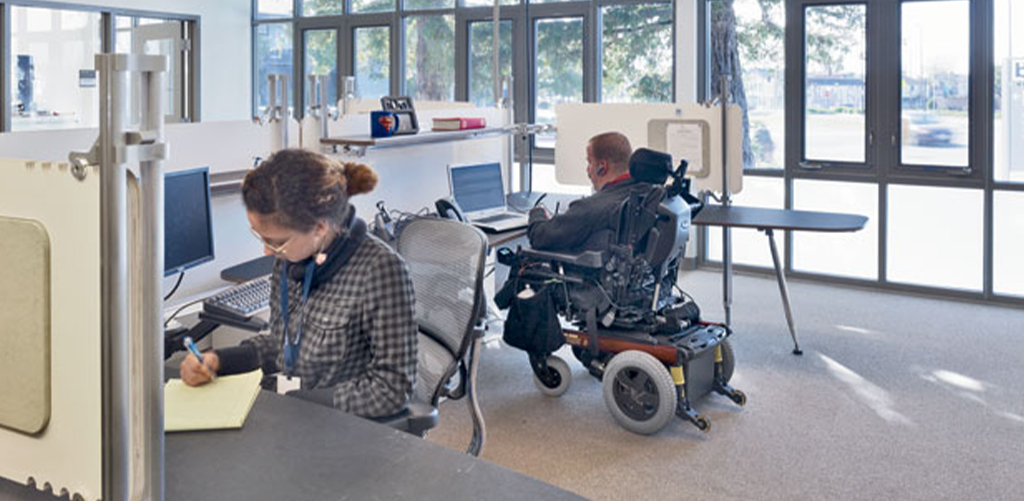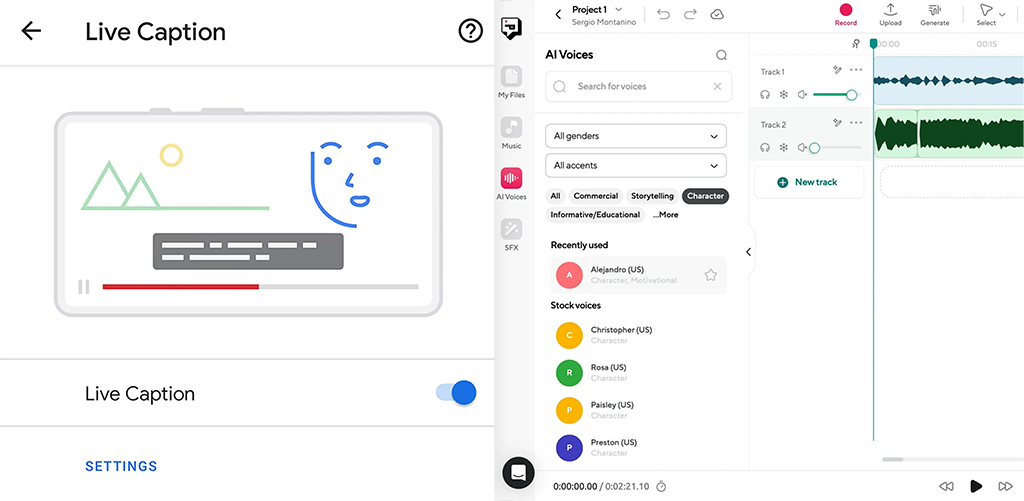

“If design isn’t for everyone, is it even good design?”
What if the most stylish outfit was impossible to wear? Or a beautifully designed room became a maze for someone in a wheelchair? Or a sleek app couldn’t be used by someone with limited vision?
Design isn’t just about how something looks—it’s about how it works for everyone. Accessibility is no longer an option or a “special feature”—it’s a responsibility. And the world of design is waking up to that.
From fashion to interiors to communication platforms, creators are weaving in universal design principles to build inclusive, disability-friendly innovations. And future designers trained at places like JD Institute of Fashion Technology are leading this movement—with empathy, awareness, and smart design thinking.
Let’s break down how accessibility is revolutionizing design across all domains:
Fashion isn’t just about looking good. It’s about feeling good and being independent.
Big brands like Tommy Hilfiger launched adaptive clothing lines with magnetic buttons, side openings, and easy-to-wear features for people with mobility issues. Another great example is Open Style Lab, which makes stylish clothes for people with disabilities.

At JD Institute, Fashion Design students learn to create clothes for all body types and needs. They understand that true fashion includes everyone—not just the models on the ramp.
Think about a home where someone on a wheelchair can’t reach the kitchen shelves. Or a hotel room where the bathroom is too tight to move around. These are common problems—but they can be fixed with better interior design.
Buildings like the Ed Roberts Campus Workstations in the USA have wide doorways, ramps, and easy-to-read signs built right into the design. Another example is the peaceful and accessible Maggie’s Centre in the UK, designed to support cancer patients in a calm, open space.

At JD Institute, Interior Design students learn how to make spaces inclusive, safe, and easy to navigate. They are made to learn how to create spaces that work for people of all ages and abilities. From lighting to flooring and furniture placement—every detail matters.
What happens if someone can’t read small text or doesn’t hear sound on a video? Without accessible communication design, they miss out.
Companies like Apple and Google have added helpful features like VoiceOver (reads text out loud) and Live Caption (shows words on videos). Websites now use large fonts, good color contrast, and image descriptions so that everyone can understand the content.

At JD Institute, Communication Design is taught to create inclusive websites, apps, posters, and videos with a focus on making content that connects with everyone.
Universal design means creating things that everyone can use easily—regardless of age, ability, or background.
A simple example is the OXO Good Grips kitchen tools. Originally made for people with arthritis, they became popular with everyone because of their soft, easy-to-hold handles. That’s the power of universal design—it helps all of us, not just a few.

At JD Institute, this concept is taught from day one. Whether you’re studying fashion, interiors, or communication, you’re trained to think about all kinds of users. You’re taught that great design is not just about trends—it’s about care, empathy, and inclusion.
So, next time you admire a well-designed outfit, room, or website, ask yourself—can everyone enjoy this?
If not, it’s time to do better.
At JD Institute of Fashion Technology, students are taught to do just that. With a focus on universal design, real-world problem-solving, and human-first creativity—they’re building a new generation of designers who believe in designing for all.
Because the future belongs to those who create with heart, purpose, and access for everyone.